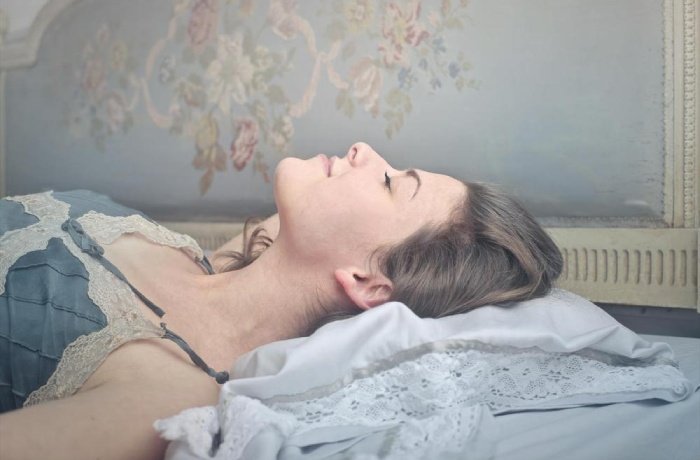
We think it would not be wrong to say that good and quality sleep has a big share in the ability of human beings to continue their lives in a healthy way. Although the ideal sleep time varies according to the age range, the stages of sleep are the same for everyone.
It is possible to say that sleep basically consists of two phases. REM (Rapid Eye Movement) and Non-REM (Non Rapid Eye Movement), and the Non-REM phase is divided into four different sleep cycles.
In this sense, the one-night sleep cycle is handled in five different phases. The body's responses also vary during the sleep cycle, during which body tissues and cells are repaired, the brain is activated to store what has been learned and many other vital functions are performed.
Sleep stages are found in all mammals and bird species. So what are sleep stages and what are their effects on sleep? You can find answers to these questions in the rest of our article!
What are Sleep Stages?
Basically, we can list the sleep stages that we examine in five different groups as follows:
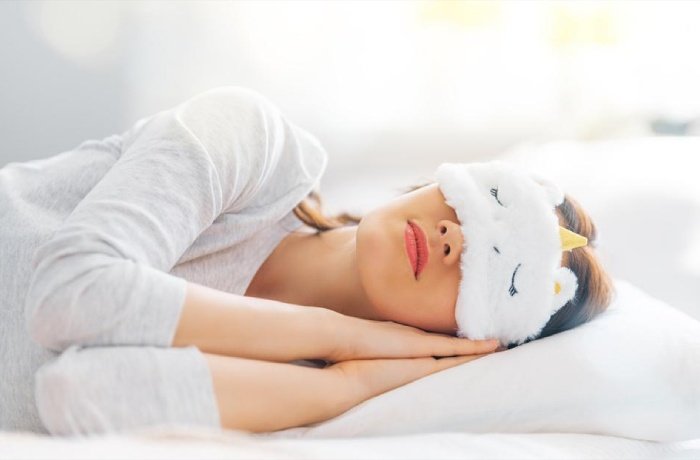
REM sleep, which constitutes approximately 25% of the sleep, is also called 'Rapid Eye Movements' in Turkish. The REM phase, which is entered approximately half an hour after going to sleep, continues for 10 to 15 minutes.
In addition, another thing to know about the REM phase of sleep is the fact that REM sleep repeats every hour as sleep continues. In other words, the REM sleep of a person who sleeps regularly repeats 6-7 times during the night.
2. Non-REM Sleep (Non-Rem Eyemovements)
Non-REM sleep, which constitutes all the time left over from REM sleep, accounts for 75% of the total time. It is not possible to remember any of the dreams seen during the NREM phase.
Non-REM, which lasts for about 90 minutes, is repeated in 6 to 7 periods throughout the night. However, Non-REM sleep is divided into 3 phases. These are respectively
a. Phase I: This phase, in which sleep is at its lightest, accounts for approximately 5% of total sleep. Functional brain functioning is very low during this phase.
b. Stage II: This is the second stage of Non-REM sleep, accounting for almost 45% of total sleep. At this stage, the brain is preparing itself to enter deep sleep.
c. Phase III: Stage III, during which deep sleep is experienced, accounts for 12% of the total sleep time.
d. Phase IV: Deep sleep is also experienced in stage IV, which accounts for 13% of total sleep.
After a brief introduction to the stages of sleep, let's examine your body movements during these stages without wasting any more time!
On the other hand, it is a fact that insomnia brings many problems both physically and psychologically. If you want to learn more about this topic, what are the causes of insomnia? You can review our article titled 10 Basic Causes of Insomnia.
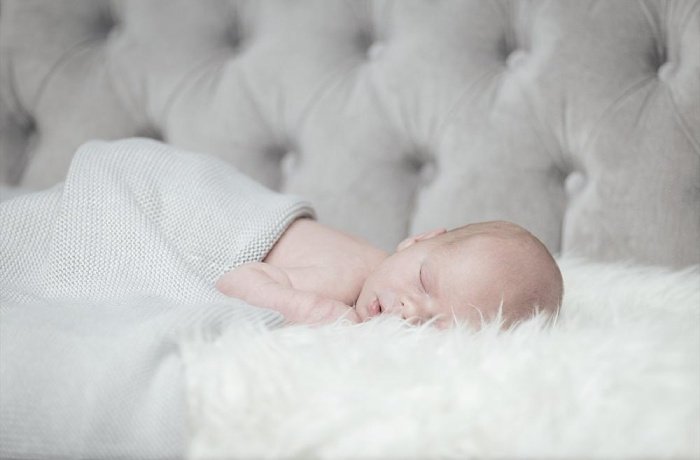
As we have already mentioned, the body's reactions during the stages of sleep are actually very different from each other. As the sleep cycle, one of the most basic needs of human beings, continues, the body and mind are repaired, renewed and prepared for the next day. So what are the body's reactions during the sleep phases? Here is the answer!
1. Hormone Secretion
Many hormones, especially the hormone melatonin, which helps maintain body health and supports growth and development, are secreted during sleep at night. While hormone release continues during all sleep stages, unfortunately, hormone release is not possible for people who do not have a regular sleep pattern.
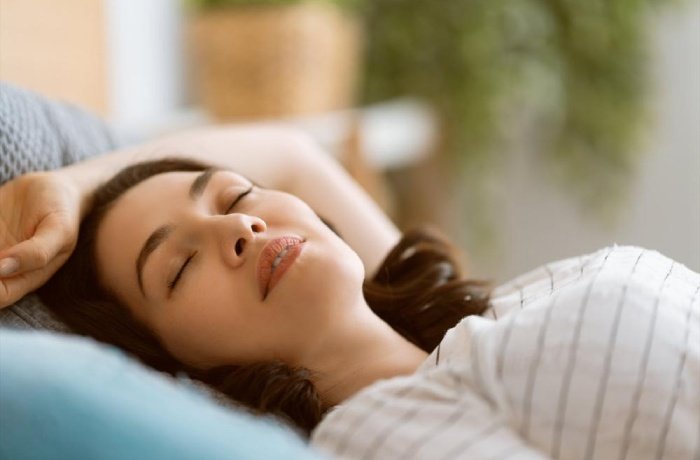
The dreaming phase at night is REM sleep. During this time, the eyes move very quickly, paralyzing the muscles. This ends the ability to move.
In addition, sleep paralysis is one of the most important sleep problems. If you want to get detailed information on the subject, what is sleep paralysis? How to Prevent Sleep Paralysis? You can take a look at our article titled.
3. Change in Breathing Rate
Changes in body functions also occur when you go to sleep. During Non-REM you start to take slower and deeper breaths. When you enter the REM phase, you start to take faster and shorter breaths as you start to dream.

During sleep, the brain cells rest themselves and begin to store everything that has happened that day. All the information that will be processed into long-term memory is collected during sleep. So not only do you rest your body while you sleep, but your memory is also strengthened.
However, during REM sleep, all unnecessary information stored in short-term memory is erased.
5. Reduced Stress Levels
Sleep is one of the most special times of the day when both mind and body rest. During sleep, the release of the stress-causing hormone cortisol decreases, which will help you to relax and start the next day with a much more positive energy.
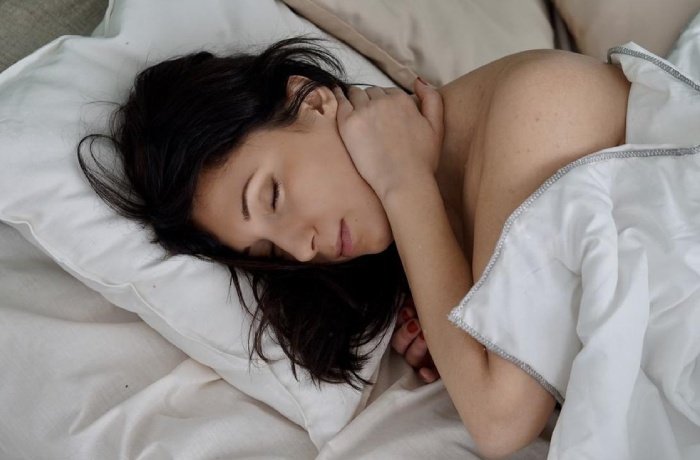
During the Non-REM phase of sleep, narrowing around the throat and nasal congestion occur. This leads to a decrease in the amount of breathing and indirectly to snoring.
However, sleep apnea stands out as a sleep problem that manifests itself with snoring. For more detailed information about sleep apnea and ways to get rid of this disease, we recommend you to review our article titled What is Good for Sleep Apnea?
In this article, we have talked about the phases that make up the sleep cycle for you. You can visit our blog page for other enjoyable and informative content about sleep.
Finally, let us underline that for a pleasant and quality sleep experience, you can choose Lova Sleep's mattress models that bring its users together with perfect sleep.
If you wish, you can visit the nearest Lova store nearest to you or contact our online sales consultants to find out which mattress is the most suitable for you and buy it safely.